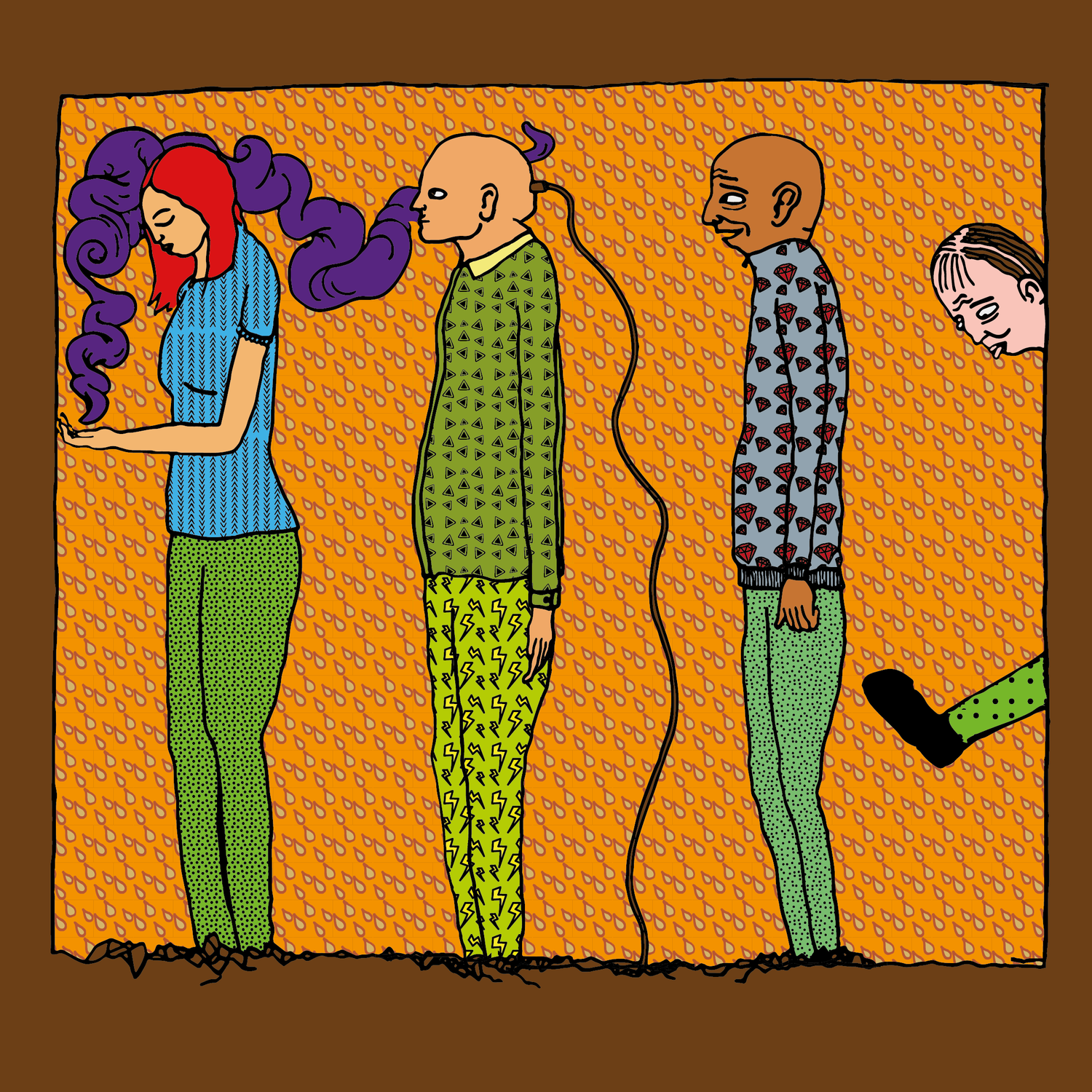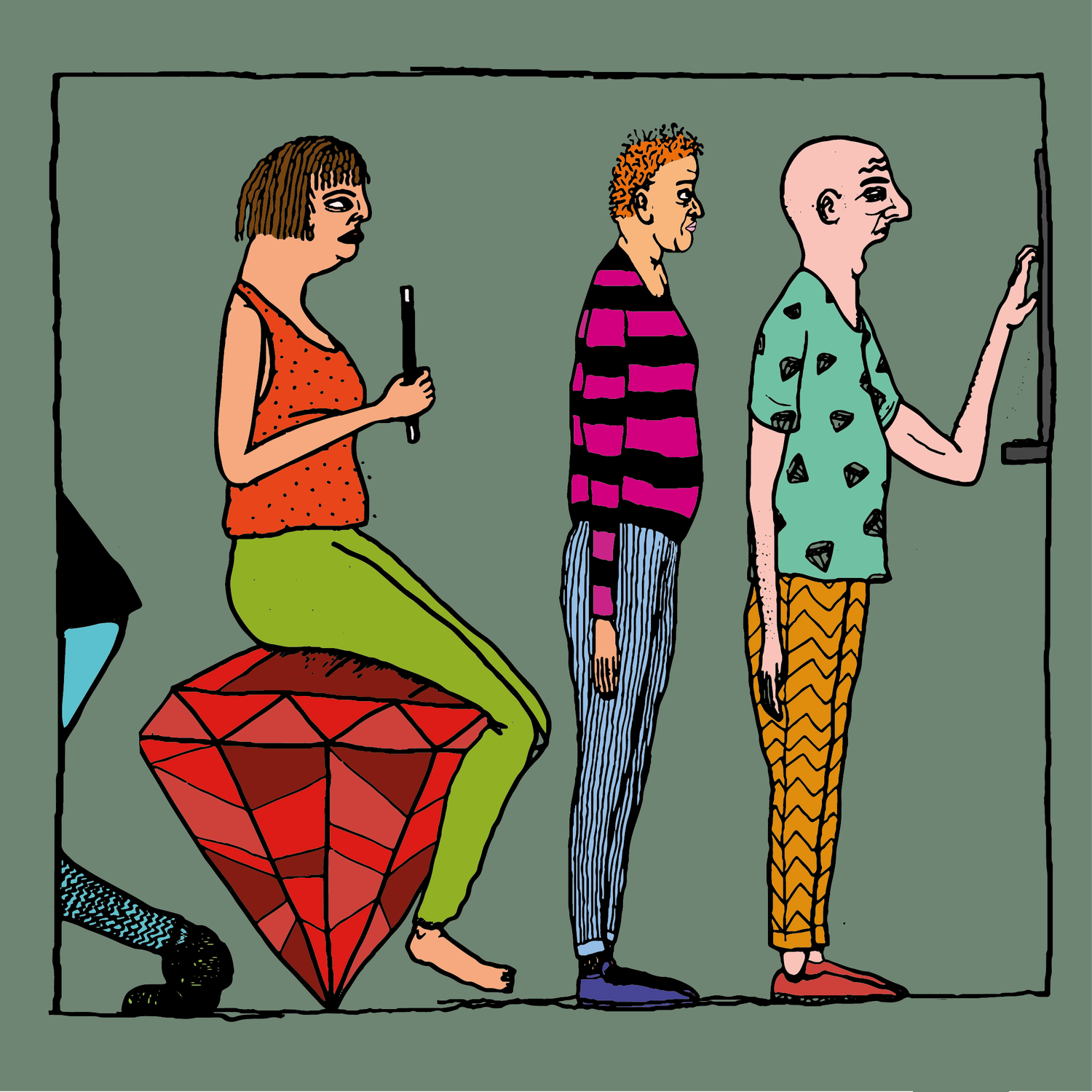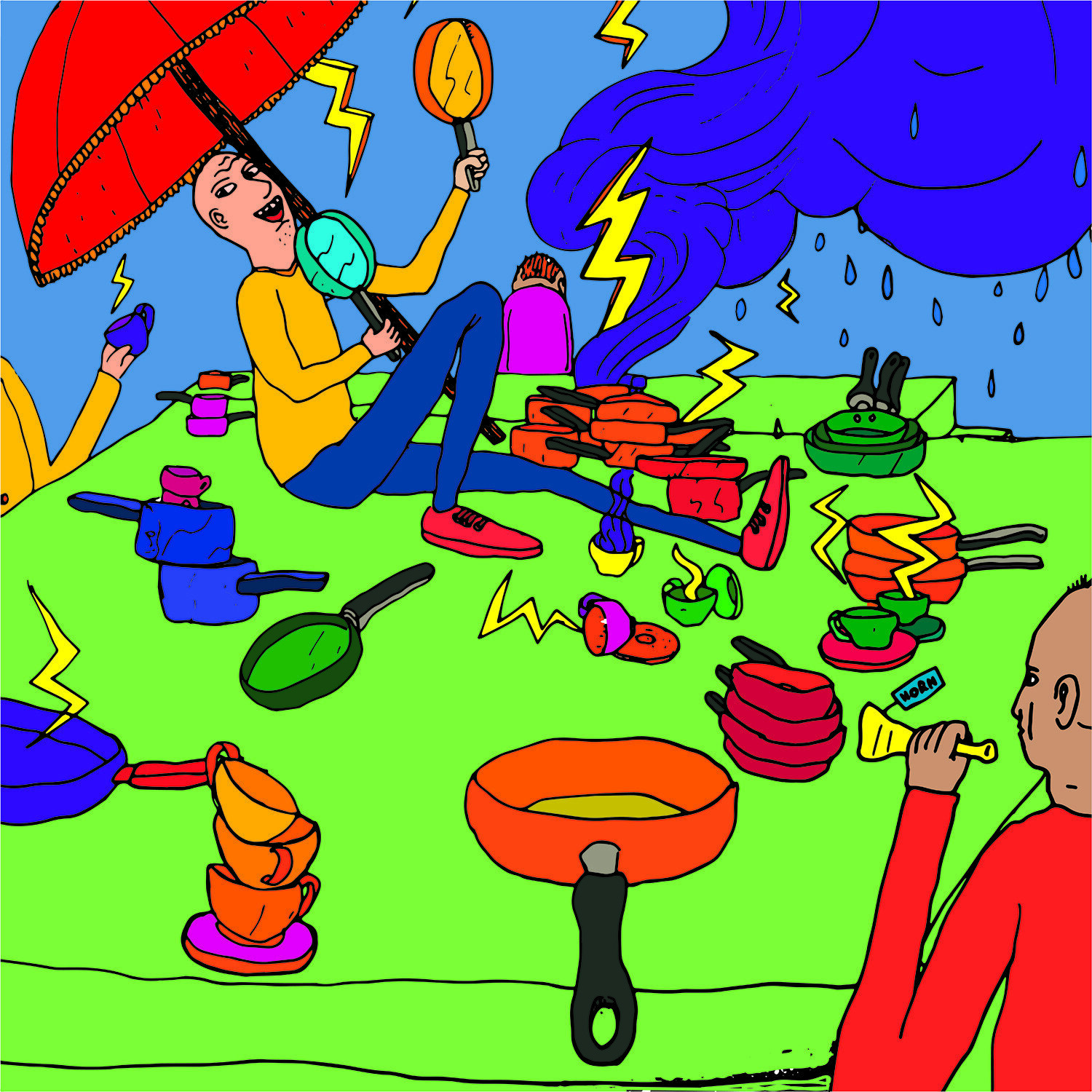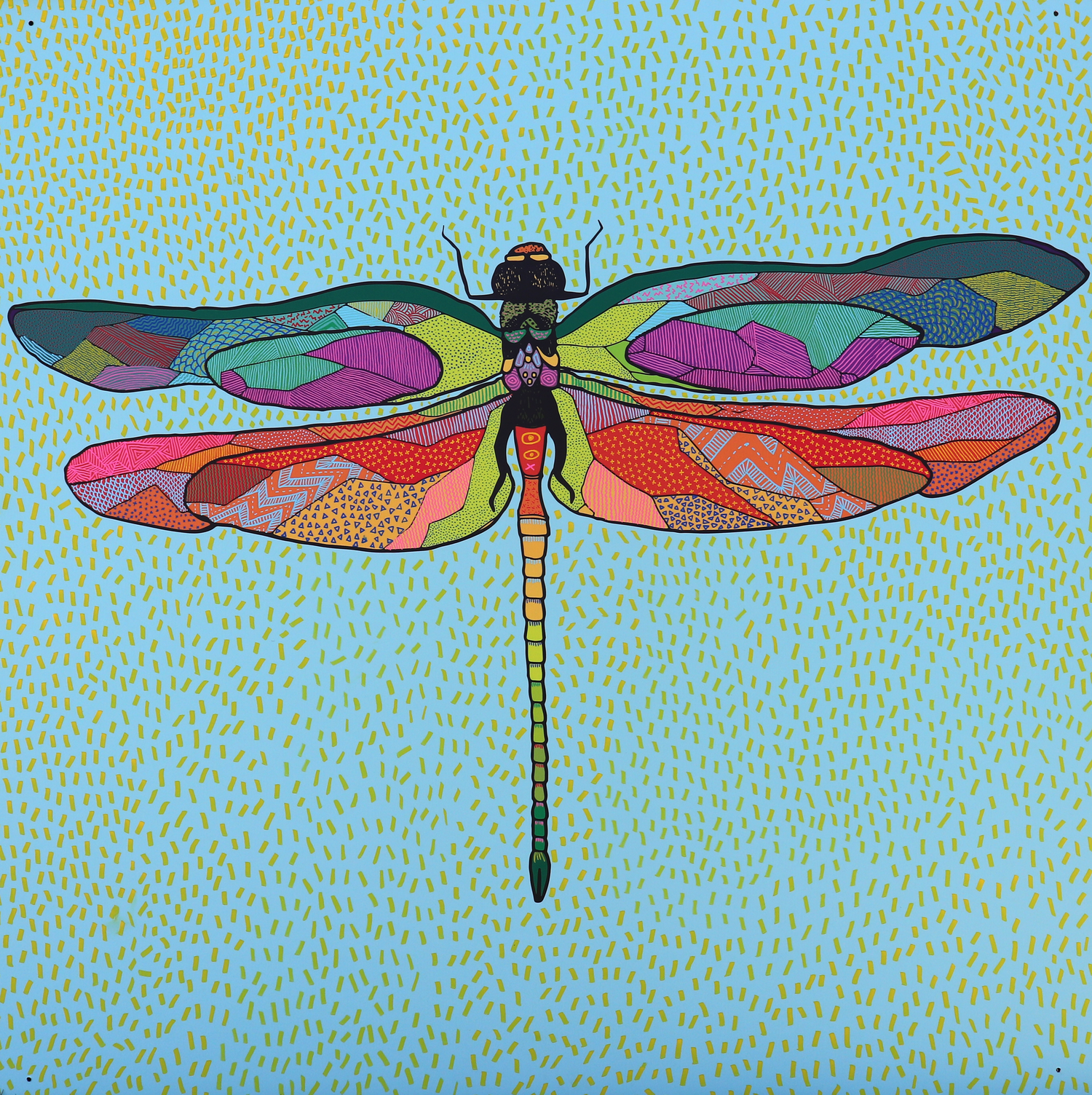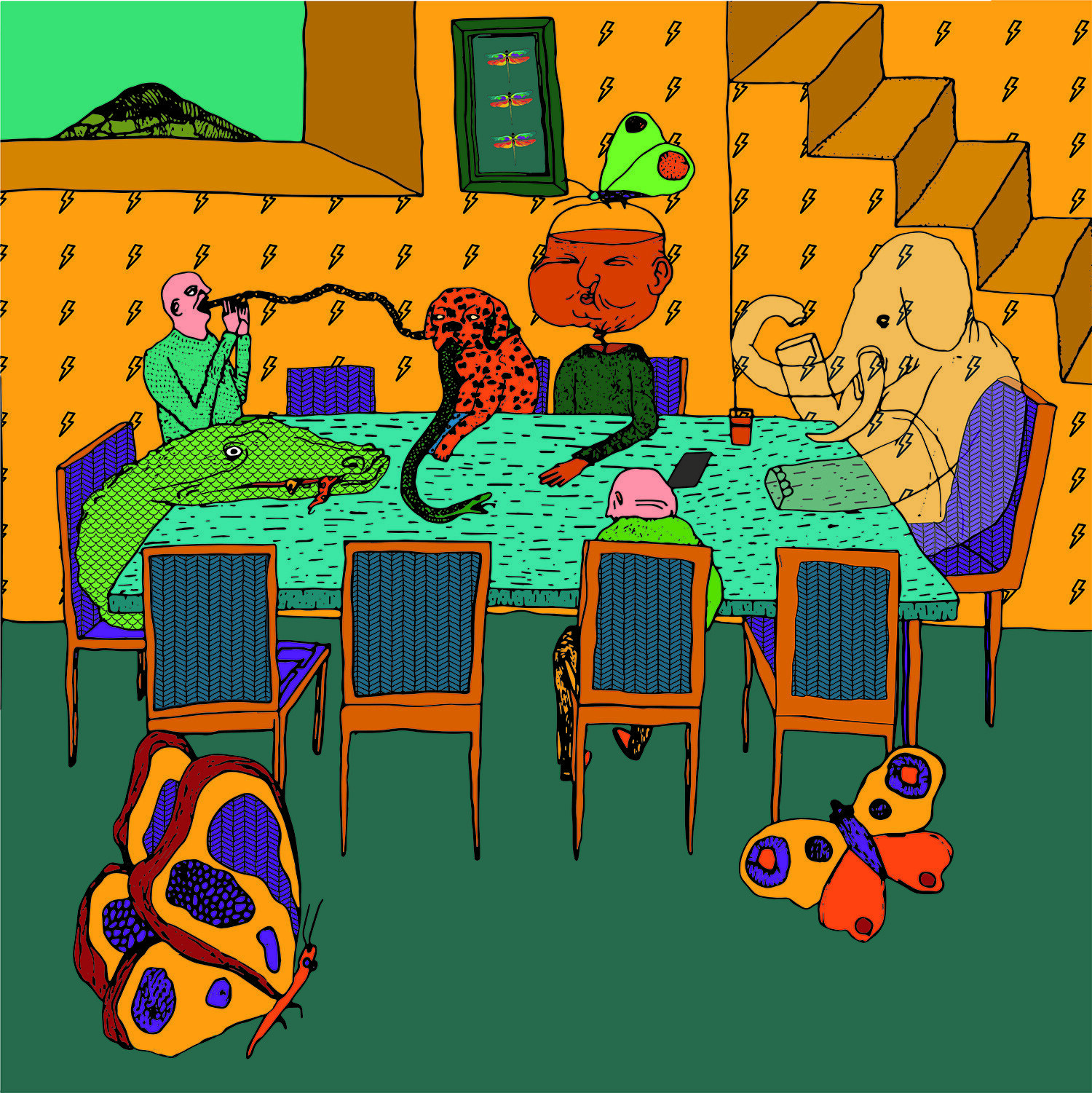Dyslexia Street Book

Street Book reveals junior designers’ thoughts on dyslexia
By Jerome Whittingham, @Photomoments
Junior Designers working on the Street Book illustrations
A team of junior designers in Hull are sharing their thoughts about growing up with dyslexia in an innovative ‘street book’ presented in the city centre.
The over-sized pages of the street book, illustrated by the young designers during a year-long project, are on display in several busy locations across Hull, including in the main transport interchange, at a city farm, and outside a popular dinosaur museum.
Josh, 16 years old, said: “The clue’s in the name really. It’s just a massive book, with massive pages, that are just spread along the street. It’s about raising awareness of dyslexia, so for me it’s quite a special thing. A lot of people would say ‘oh dyslexia is purely about reading and writing, you can’t read, you can’t write’. Well, of course that’s not true. So we’re trying to put this in a way that people can learn about what dyslexia really is. There’s a lot to it.”
Collectively calling themselves the ‘Junior Design Factory’, the creators of the street book are all children who attend workshops delivered by Creative Briefs.
Creative Briefs is a community interest company directed by business partners Jason Bowers and Rebecca Shipham, both professional designers. The company’s mission is to help children who learn differently to flourish by giving them the opportunity to be creative in a professional design-studio setting.
Jason only found out he’s dyslexic whilst studying for a teaching qualification in his mid-30s. Describing himself as ‘a happy kid’, he also explained how he sometimes struggled at school, finding it difficult to grasp English and Mathematics in particular. He would get frustrated, throwing books around the room rather than reading them. His parents were frustrated at his unwillingness to concentrate on some subjects too, calling him lazy.
Jason said: “I couldn’t understand why people enjoyed reading, I still can’t. It’s such an effort. I mean, I do read, I spend a lot of the day reading, but it’s either documents or things that I need for the project. I can’t read for pleasure, it takes too much concentration for it to sink in, unless it’s a topic I really like. Outside of that I’ll find any other way of getting information without having to sit down and read a book.”
Junior Designers at work in their studio. Copyright @ Photomoments
A surprising number of dyslexic people may share Jason’s feelings regarding reading.
Junior Designers working on the Street Book Audio. Copyright @ Photomoments
The British Dyslexia Association reports that ten percent of the UK population may be affected by dyslexia. That’s as many as three children in a typical classroom.
Dyslexia affects not only people’s ability to read and write but also their ability to process the information they see and hear. They think differently.
Jason and Rebecca at Creative Briefs are concerned that the talents of young people with dyslexia are being overlooked in mainstream education, and later under-developed in the workplace.
Jason explained that being assessed and found to be dyslexic at 35 years old was a fresh start for him, helping him to understand how best to use his creative skills.
He said: “That day was a massive relief for me. That explained why I’d been in set 3 for maths, and why I found English a struggle. People that educate others need to understand this earlier on. They need more knowledge. Rather than having a PowerPoint about Special Educational Needs and Disabilities, they need 1 to 1 engagement with people in that field or meeting someone with experience of it. It’s a massive area that’s untapped.”
The taps of creativity in the Junior Design Factory are, however, in full flow. Younger children sit side-by-side with teenagers as equals during design workshops and pitches to visiting professionals and clients. Everyone has something useful and important to add to the design process on any given project.
“That works because we’ve all got strengths and weaknesses. Just because you’re 8 or 9 or 10 years old doesn’t mean you’ve not got ways of looking at things, or knowledge, that some of the older people lack. It’s a good mix. We assume everyone can do things. It’s only when they’re given an opportunity to test things out that they find they can excel in that area,” said Jason.
The young designers have called on the support of several well-established professionals during the completion of their Dyslexia Street Book project, giving them an enviable experience of a range of creative careers.
Visual artist Jonny Rowe helped to shape the children’s initial drawings into large-scale page illustrations. Poet Vicky Foster, winner of The Imison Award at this year’s BBC Audio Drama Awards, worked with the children to write and record poetry that accompanies each page of the book. Musicians Pat Dooner and Carl Conway-Davis of The Broken Orchestra invited the children into their recording studio to produce and record soundscapes to add further dimensions to the poetry.
The Dyslexia Street Book is an enlightening display that uses illustration, alongside sound and poetry accessed by QR codes on the pages, to reveal insights into how dyslexic people think. They think differently. The message from these junior designers is written large.
Creative Briefs
Interview / Media opportunities are available with Jason Bowers and Yasmin Holmes.
Jason Bowers - Director
email: hello@creativebriefs.co.uk
Yasmin Holmes- Project Manager
email: yasmin@creativebriefs.co.uk




